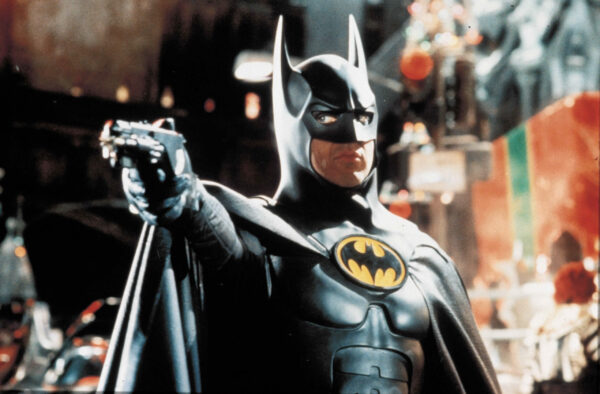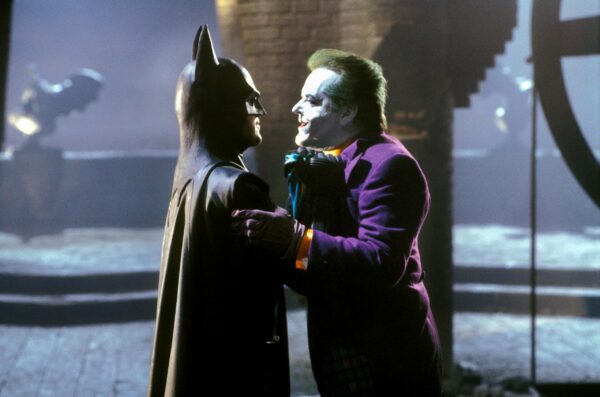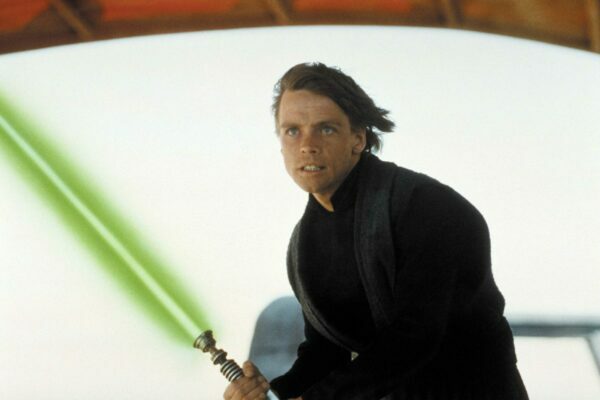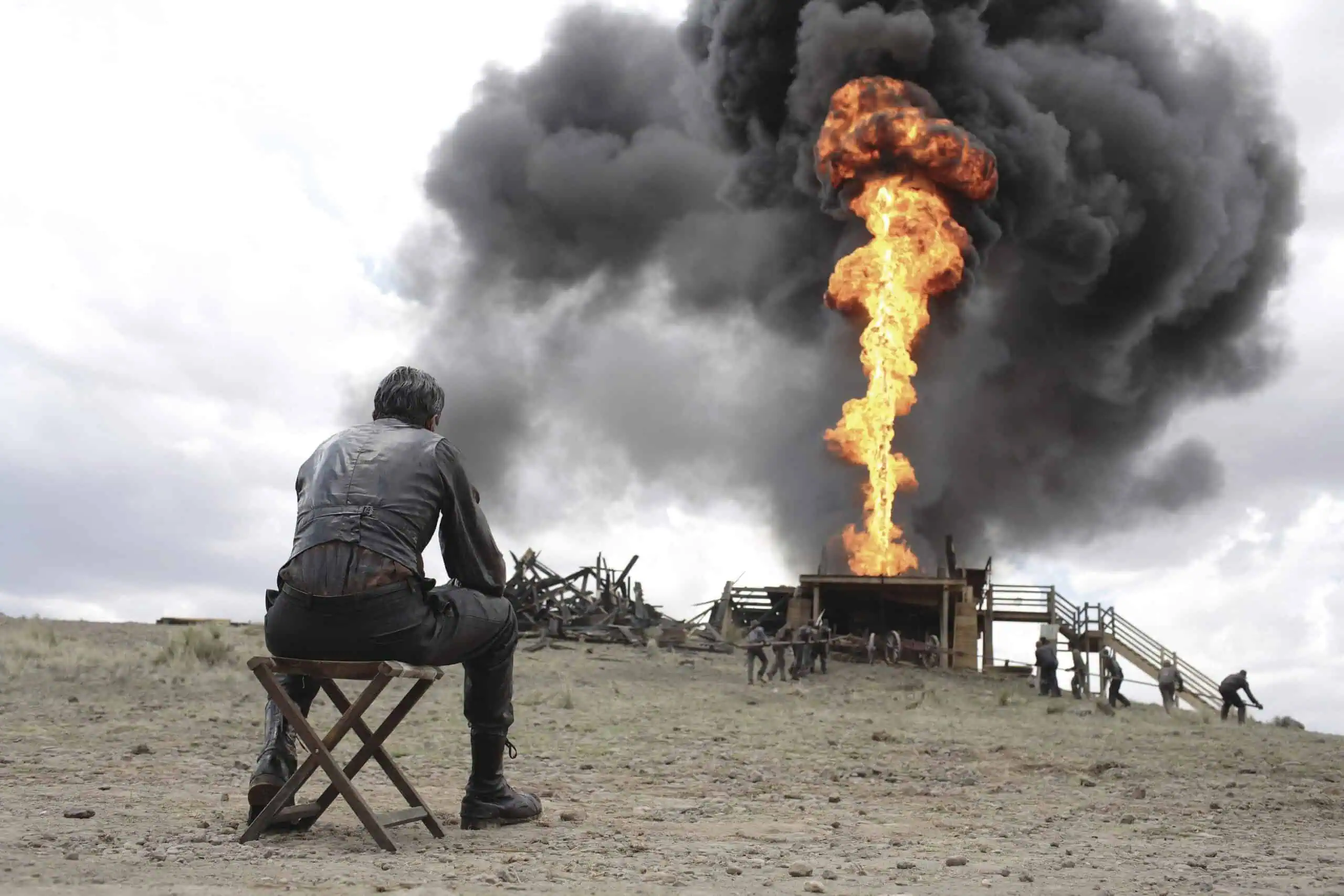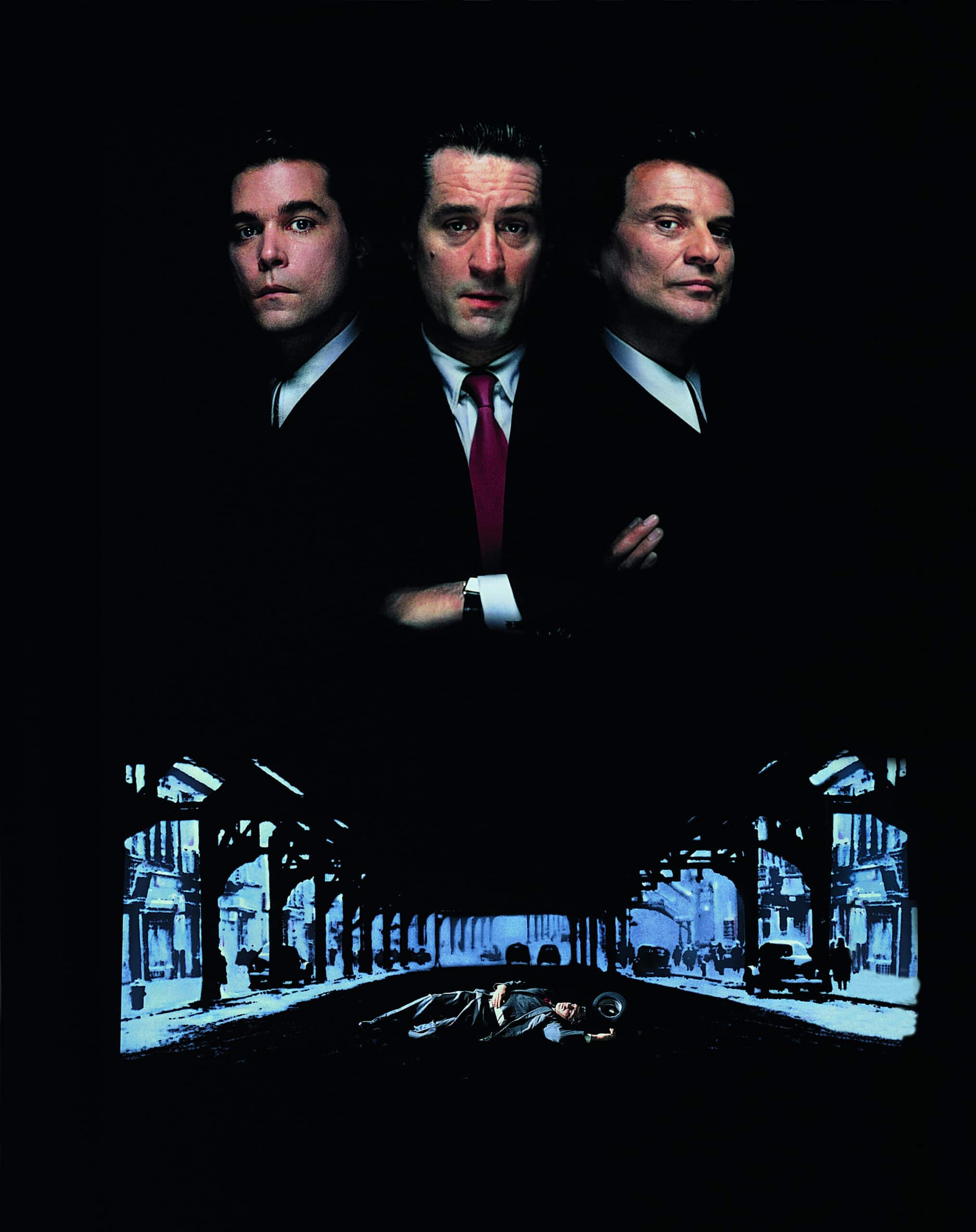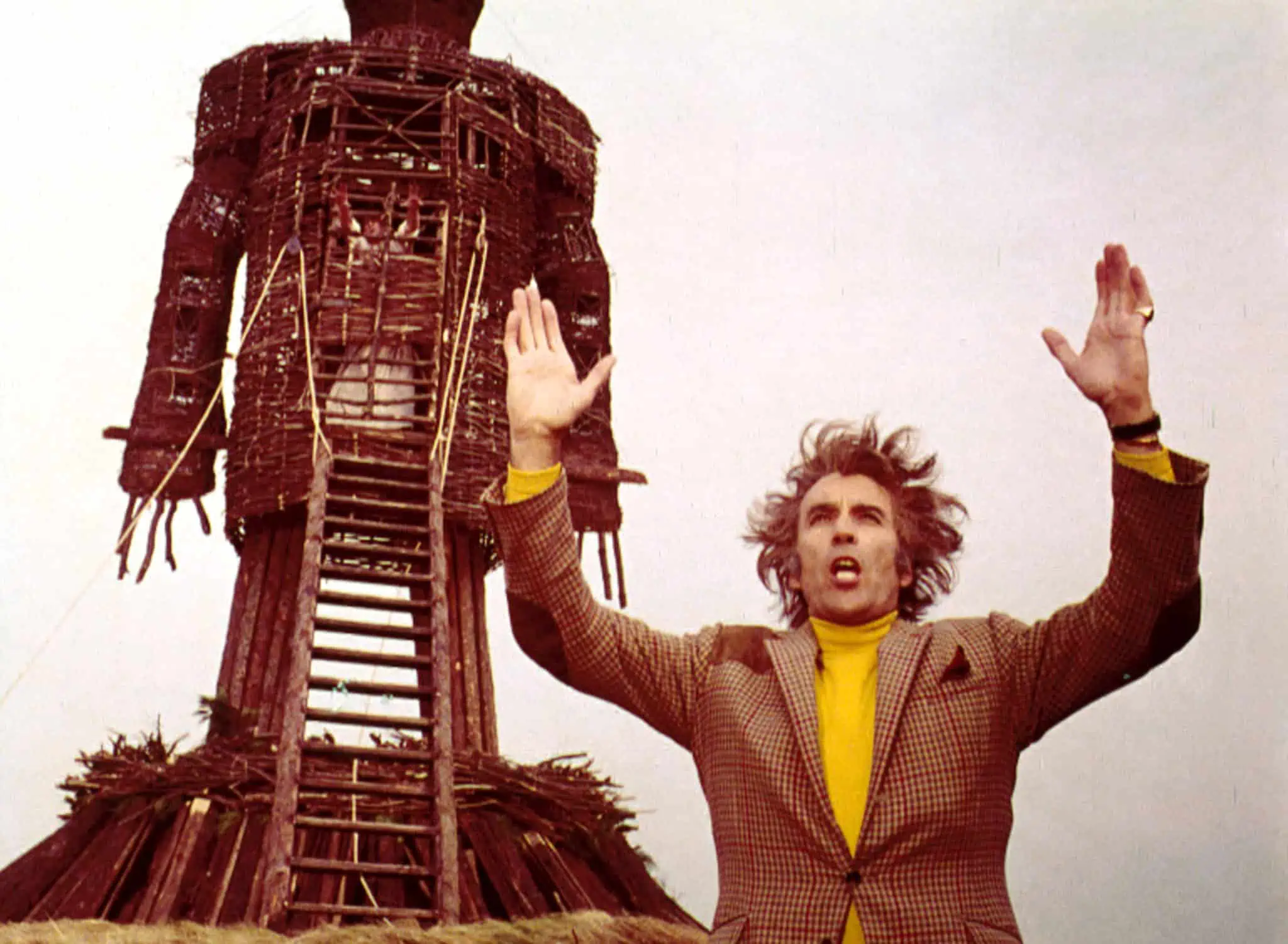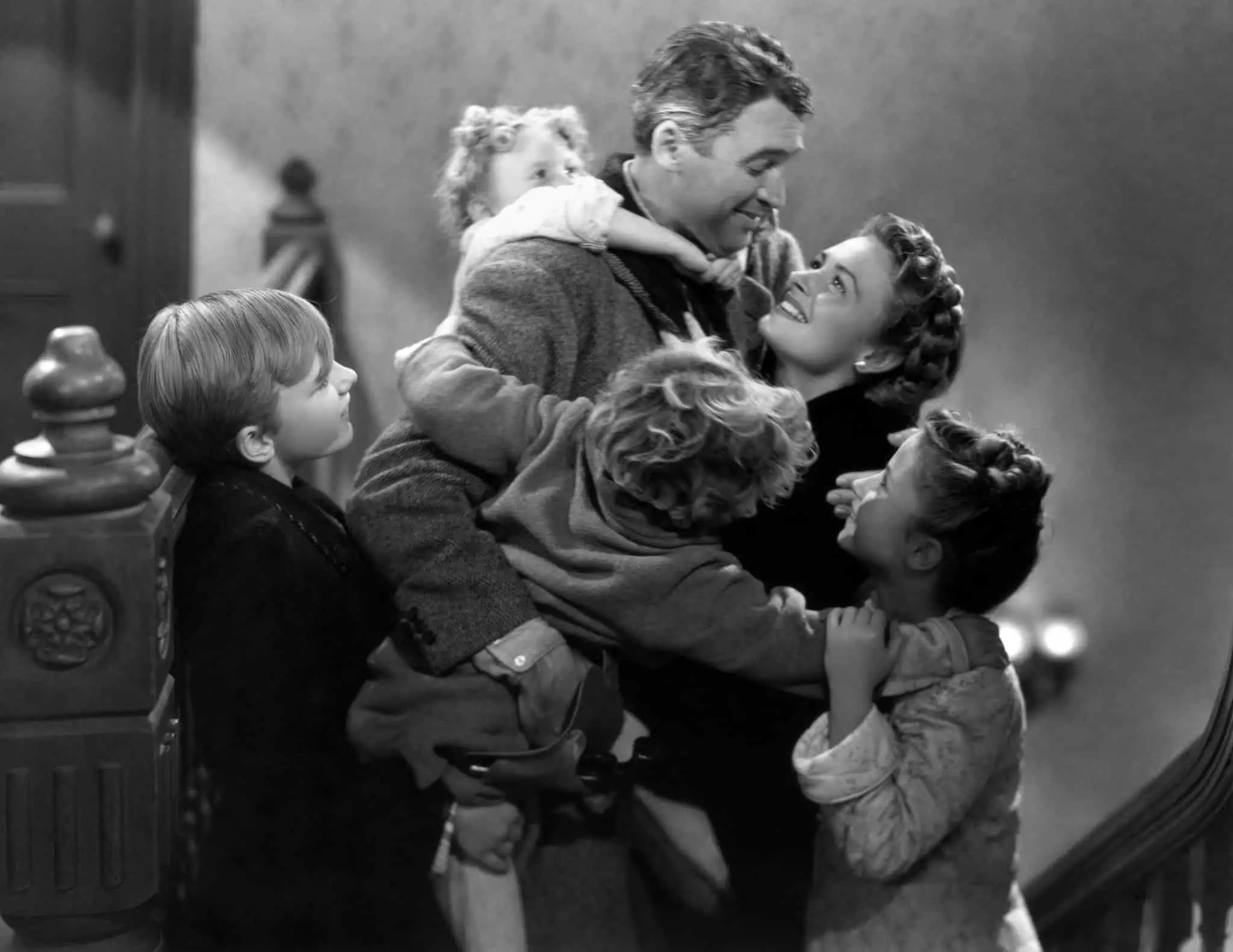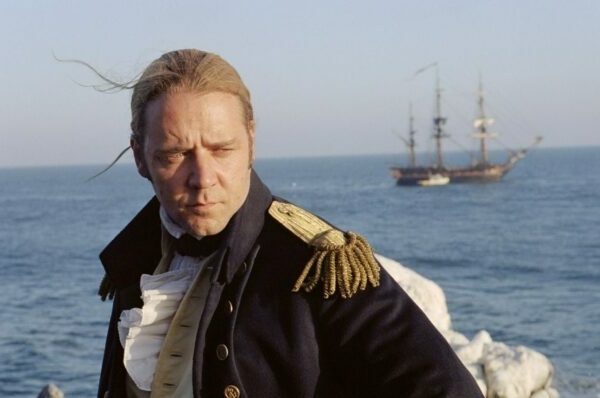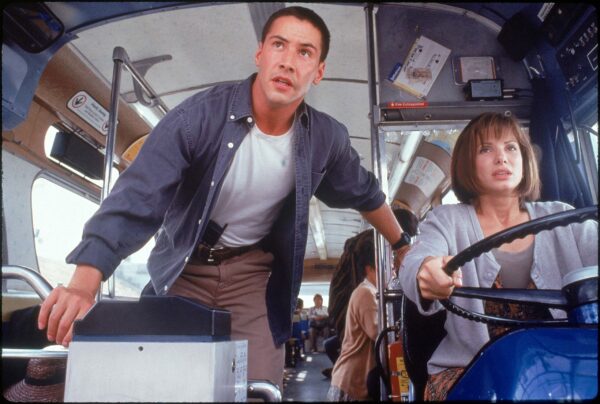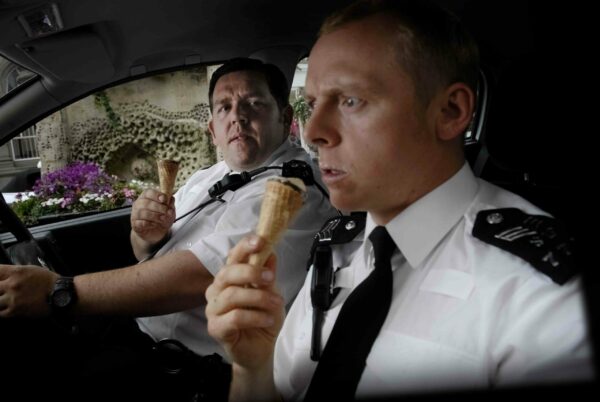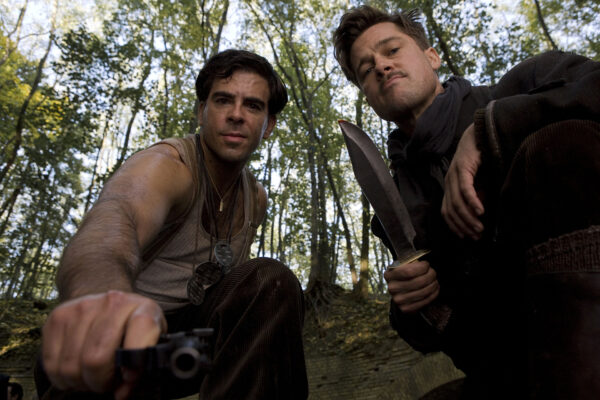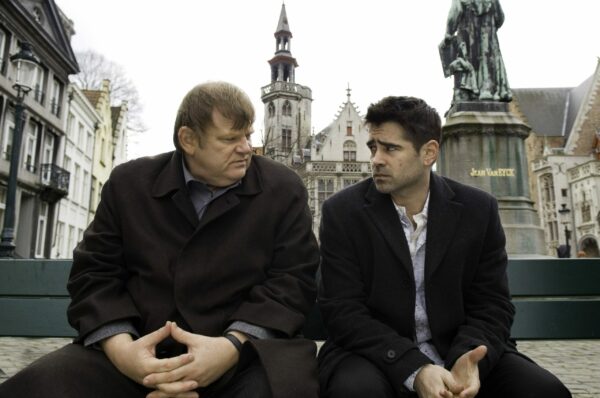
Today, June 20th 2020, marks the 40-year anniversary of The Blues Brothers, one of the great examples of the contemporary musical. Bianca Garner looks at the story behind the scenes to bring you the tale of how John Landis brought his classic to the big screen.
This year sees the 40 year anniversary of John Landis’ The Blues Brothers, which starred John Belushi and Dan Aykroyd as the titular characters, Jake and Elwood Blues. The Blues Brothers remains one of cinema’s most wild, fun, and and energetic musical comedies, and continues to enthral and entertain audiences. And, while we can certainly write about how wonderful, funny and bonkers the film is, what is more fascinating is the drama that took place off the screen and behind the scenes. The film’s troubled production history is made up of wild tales of John Belushi benders, huge schedule delays, an intense inter-studio bidding war, and Dan Aykroyd taking six months to write a 324-page first draft screenplay.
The Blues Brothers genesis was as a musical sketch, performed by Aykroyd and Belushi for Saturday Night Live, in 1976. The bit proved so popular that it led to Aykroyd and Belushi opening for Steve Martin at the Universal Amphitheater, supporting The Grateful Dead at Winterland Arena and being quickly signed to Atlantic Records. In 1978, they released the hit album Briefcase Full Of Blues (1978) which reached number 1 on the Billboard 200 and went double platinum. After the success of the Belushi-led movie Animal House (1978), Aykroyd was struck by a moment of divine inspiration – ‘A Mission From God’ – to write a feature -length film featuring the growing-in-popularity Jake and Elwood. There was one minor issue however, Aykroyd had never even read a screenplay, much less written one.
Though the film was barely more than an elevator pitch at this point, a bidding war erupted between Universal Studios and Paramount Pictures for rights to The Blues Brothers. Ultimately, it was down to the hard work of Universal Studios Film Division president, Ned Tanen and Head of Production, Sean Daniel, that led to the film getting made at Universal. Tanen and Daniel managed to sweet talk the studio’s head, Lew Wasserman, into greenlighting the project. Wasserman had one condition: the movie had to be made on a budget of $12 million.
Fresh from working with Belushi as director of Animal House, John Landis was brought on board to helm The Blues Brothers and immediately instructed Aykroyd to go away and work on a screenplay. Landis believed they would need a budget of $20 million, but until Universal had received the screenplay, said Wasserman, they had $12 million and no more. With no experience, and feeling wildly out of his depth, Aykroyd tried to get SNL writer Mitch Glazer to help with the writing process but Glazer turned him down, leaving Aykroyd out on his own. To his credit, he went all in. Too far in, if anything. Aykroyd’s script included lengthy and highly-descriptive passages of each character’s backstory, and an over-elaborate plot about getting the band back together, involving recidivism and the Catholic Church. Aykroyd’s script was so thick it had to be bound with the cover of the L.A. Yellow Pages directory.
Landis stumbled into Belushi’s trailer and found the actor with what he described as a, “Tony Montana mountain of coke,” on a table, which led to a scuffle and tearful confrontation, during which Belushi admitted his problem and confessed his fears it would eventually kill him.
Coming in at 324 pages (standard screenplay length is 120 pages), Aykroyd’s first draft was far too long. Weiss and Tanen said it was full of great ideas but, in Tanen’s own words, “it was never-ending”.
Landis was given the unenviable task of editing Aykroyd’s draft into a filmable shooting script, which took two weeks of non-stop work. Landis’ problems didn’t stop there though. Universal had concerns about the big-name blues and R&B stars that Aykroyd insisted on appearing – and performing – in the movie. James Brown, Cab Calloway, Ray Charles and Aretha Franklin, were some of the huge names Aykroyd put forward. Universal were reluctant to have them involved, not least because, aside from Charles, none of the others had released a hit in years. Instead, the studio wanted fresh, new musical talent. The filmmakers and studio clashed heads but, ultimately, Landis and Aykroyd got their way and were given a budget of $17.5 million to make the picture. Still, though, the problems kept coming.
By the time shooting started in July 1979, John Belushi was a big star, had a reputation as a wild party animal, and was heavily into his vice of choice – cocaine. The first month of production, everything went smoothly. However, following a series of Belushi-led all-night parties and drug and alcohol binges that would go on for days at a time, the production quickly fell behind schedule. Belushi would party at night, and sleep in his trailer at day when he was scheduled to be filming.
According to Aykroyd, a section of the budget was set aside for cocaine during night shooting. Both Aykroyd and his girlfriend at the time, Carrie Fisher (who cameoed in the film), took cocaine, but even they became increasingly concerned about Belushi’s excessive intake. “[John] just loved what it did,” Aykroyd would say later. “It sort of brought him alive at night—that superpower feeling where you start to talk and converse and figure you can solve all the world’s problems.” Fisher was instructed by Landis’ to keep Belushi away from the groupies, the partying and the cocaine. In the end, Smokey Wendell (who had served as a bodyguard/anti-drug enforcer for The Eagles) was hired to babysit the star.
No matter how hard his fellow co-stars and director tried, Belushi just couldn’t (or wouldn’t) kick the habit. One day during filming, Landis stumbled into Belushi’s trailer and found the actor with what he described as a, “Tony Montana mountain of coke,” on a table, which led to a scuffle and tearful confrontation, during which Belushi admitted his problem and confessed his fears it would eventually kill him. In Belushi’s own words, “coke fuelled my performance,” and, later, his wife would recall how he told her he couldn’t possibly get clean until he had finished filming The Blues Brothers.
By now it was the fall of 1979, and production was lagging behind. Daniel was coming under increasing pressure from Wasserman and Tanen over the delays, especially in terms of the escalating budget costs to cover the numerous stunts, car chases and hundreds of extras involved in the film’s finale. Over 500 extras were used for the blockade of the building at Daley Center, including 200 National Guardsmen and 100 state and city police officers. And the film’s shopping mall car chase was filmed in the real, albeit shuttered, Dixie Square Mall, in Harvey, Illinois. (And it’s pretty great, see video below).
Filming moved from Chicago to Los Angeles where things seemed a little more controlled. Although minor mishaps continued, with Belushi suffering a knee injury, and needing painkiller injections to allow him to perform cartwheels and flips for the film’s final big number, eventually production wrapped. Stories of the bizarre production had circulated round Hollywood though, and the film garnered for itself quite the reputation, with critics nicknaming it “1942”, a reference to Steven Spielberg’s World War II comedy flop, 1941 (1979), also starring Belushi.
The studio weren’t happy with the runtime of Landis’ cut of the movie, and ordered him to trim it down. Landis cut 20 minutes and, to add to his anguish, Mann Theatres (a major cinema chain at the time) then announced they wouldn’t be showing The Blues Brothers in all of their theatres. Owner Ted Mann believed that white people wouldn’t be interested in such a film, explaining his reasons to Landis: “[It’s] mainly because of the musical artists you have. Not only are they black. They are out of fashion.” This led to The Blues Brothers opening in less than 600 theatres across the U.S., less than half the amount a big-budget movie could usually expect. Despite this setback, it still managed to make $57 million at the domestic box office, and proved even more successful overseas, grossing $58 million.
Tragically, the high for John Belushi soon came crashing down. He made one more film after the release of The Blues Brothers – Continental Divide in 1981 – which saw him relapse into his wild, hard-partying ways. Less than four months after production had wrapped for Continental Divide, Belushi was dead after taking a speedball – a lethal combination of cocaine and heroin. The story of The Blues Brothers continued briefly without Belushi in a lacklustre sequel, Blues Brothers 2000, also directed by Landis, with Belushi replaced by John Goodman. The movie was a critical and commercial turkey, proving that no-one sung the blues quite like Aykroyd and Belushi.


